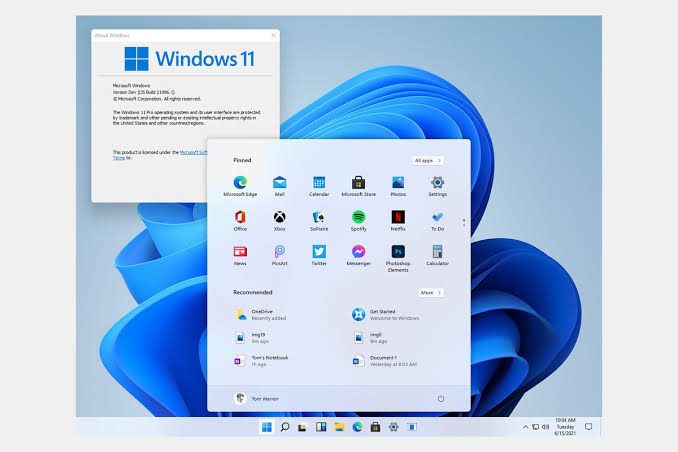How to Get Windows 10's File Explorer in Windows 11
The Windows 11 File Explorer has no ribbon and worse context
menus.
There's a lot to like about Windows 11, but for many people the new design of File
Explorer is a letdown. It has a similar layout to Windows 10's File Explorer
and an identical layout and functionality, but there's no ribbon menu and many
of the common menu items such as "view extensions" are buried in the
options submenu.
Even worse, the buttons for basic
functions such as cut, paste and rename are only icons, with no tool tips or
text on them to tell you what they do (presumably this is a bug). The jump
lists you get when you right click on a folder may have fewer options too.
Fortunately, there's an easy way to
get the old Windows 10 File Explorer back, complete with its ribbon and jump
menus. You just need to edit the registry.
How to Restore the Windows 10 File
Explorer to Windows 11
1. Open Regedit.
You can do this in Windows 11 by hitting Windows + R and entering regedit in
the Run box or you can search for regedit using the Search feature. Click Yes if asked for permission by User
Account Control.
2. Navigate to
HKEY_CURRENT_USER\Software\Microsoft\Windows\CurrentVersion\Explorer\Advanced
3. Right click in the right window pane and
select New->DWORD (32-bit) Value.
A new entry appears with the name "New Value #" and a number.
4. Rename your value to Separate Process.
It must be spelled exactly this way.
5. Open Separate Process by double clicking it
and change the value to 1. Click Ok.
6. Close Regedit and restart your PC.
Your computer should now show the classic Windows 10 File
Explorer, though some of the icon designs may be a bit different. For example,
the library folders in Windows 11 are in different colors, not just yellow.
Overall, though, you're getting back the user experience and functionality you
lost.
If you want to go back to Windows 11's File Explorer, just
change the Separate Process value to 0 or erase the Separate Process key
Cheers!!!
Edited by AdeDanCompTech










No comments:
Post a Comment